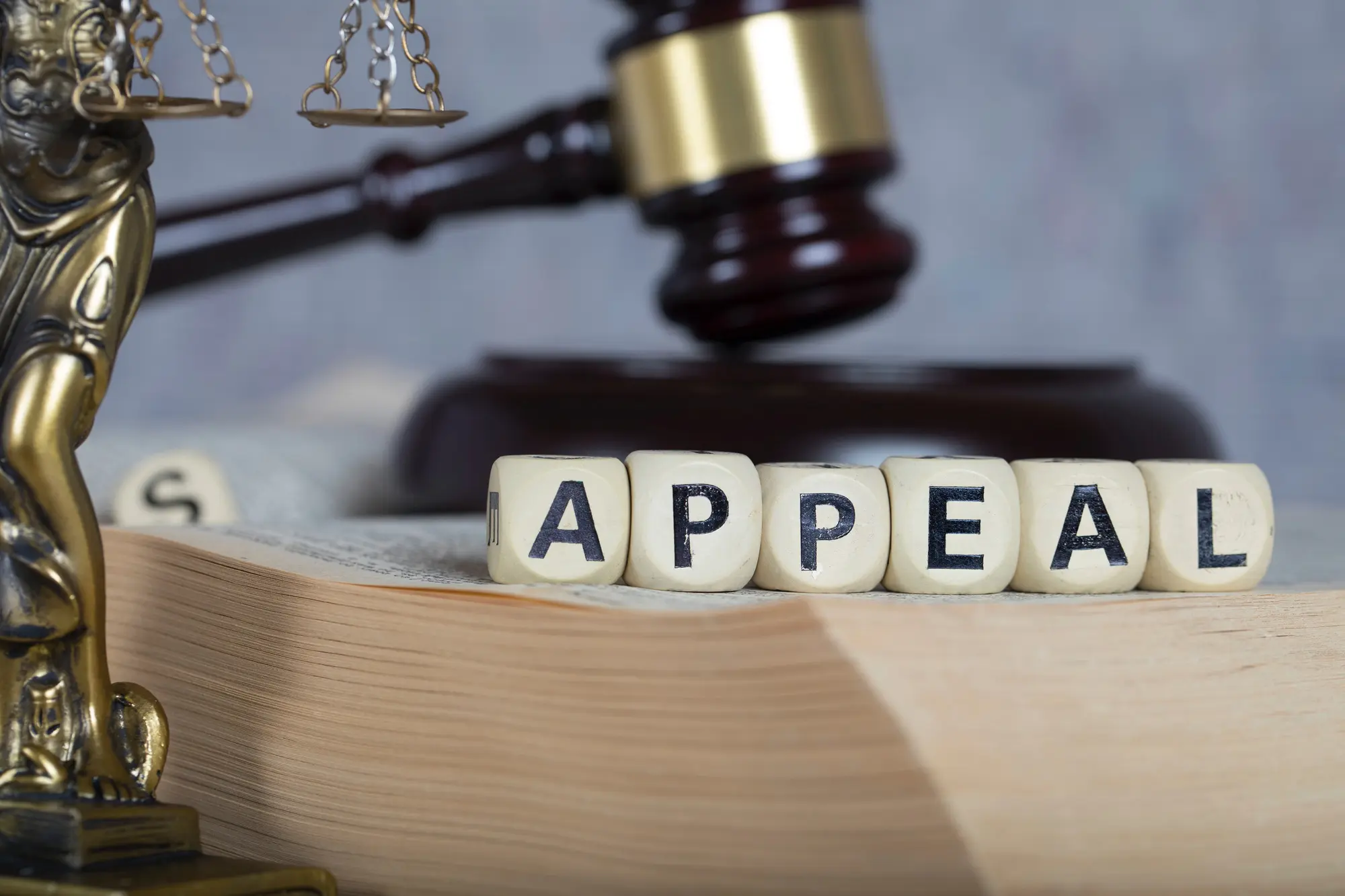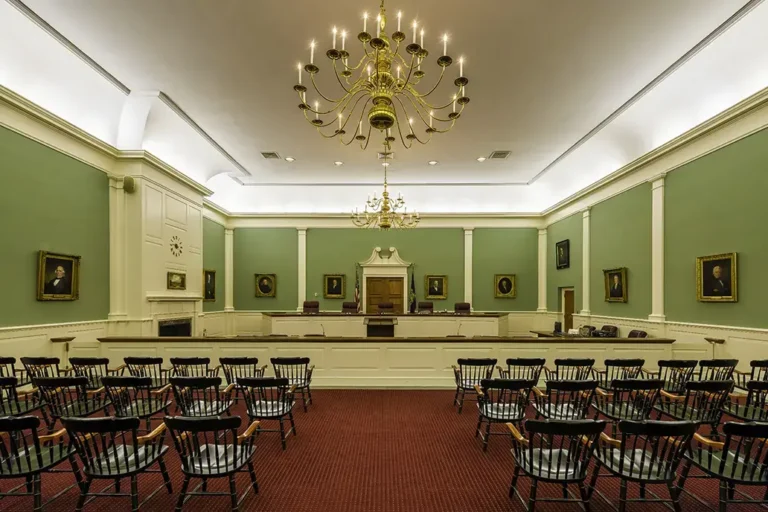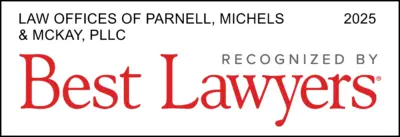What is an Appeal?~4 min read
People who are unhappy with their trial court decision frequently say they are going to appeal the ruling. In doing so, people assume the appeal functions as a form of “retrial” or a way to have the judge come to a different conclusion by rehearing their case. However, this is not the function of an appellate court. To better understand this, it’s best to start with the question: what is an appeal?
An appeal is a formal request for a higher court to review a decision made by a lower court. An appeal is not a new trial. Instead, it’s a legal process focused on identifying errors of law that may have affected the outcome of the original case. The appellate court looks at whether the law was applied correctly, not whether the facts of the case were decided correctly on the standard before that court. As such, one cannot simply file an appeal because you do not like the final result. Rather, appeals must be based on specific legal grounds including a misapplication of a statute, evidence was wrongly excluded or improperly admitted, the evidence was insufficient under the appropriate legal standard, etc.
New Hampshire has very strict appellate deadlines. The general rule of thumb in civil matters is that an appeal must be filed thirty (30) days after the trial court’s notice of a final decision or a decision on timely-filed post-trial motions. The appeal process begins with a Notice of Appeal. We previously discuss this topic on this blog. Suffice it to say that though the form looks straightforward, there are a number of pitfalls and other considerations.
After the notice is filed, the appealing party (called the “appellant”) is required to do two important things. First, the appellant must pay for the trial transcript. Second, the appellant must submit a brief or legal memorandum that explains the legal errors that occurred and why the decision should be reversed or modified based on the questions of law submitted in the Notice of Appeal. The opposing party (the “appellee”) then has a chance to respond with their own brief. A reply brief may be filed twenty (20) days thereafter. The Supreme Court will provide the schedule for all of these deadlines. If the case involved a novel (meaning unheard or new) issue, the Supreme Court may also schedule a date for oral argument, where both sides can present their case in person before the justices.
Once the case is submitted, the Supreme Court can either affirm or reverse and remand the decision. Affirming the lower court’s decision means the Supreme Court agrees with the Trial Court decision. Reversing and remanding the trial court’s decision means overturning it and sending it back to the trial court for further proceedings based on the reversal. When the New Hampshire Supreme Court issues a ruling, that typically concludes the appeal process. In rare cases, a party may seek a rehearing or try to take the case to the federal level, such as the U.S. Supreme Court, however acceptance to that Court is exceedingly rare.
Civil appeals are a particular area of law with different rules than the lower courts. Any appeal is likely going to require extensive legal research and writing on the topic, but also intrinsic knowledge of the Court’s procedures and rules. It is possible motions may be required just like in a trial court case. This is why it is critical that if you are considering an appeal, or the opposing party in your case filed an appeal, that you speak with an attorney about your rights and responsibilities.
If you are considering an appeal, or find yourself subject to one, you should speak to one of our appellate law attorneys at Parnell, Michels & McKay. It is a serious and expensive decision. Our attorneys will explain the appeals process to help you better understand whether you have viable grounds for appeal, craft persuasive legal arguments, and navigate the procedural rules effectively. If you have questions about appeals, contact one of the experienced attorneys at Parnell, Michels & McKay. We will help defuse the appellate process and help you defend a good decision or ask the Supreme Court to remand a bad decision where warranted.
Rory Parnell is a graduate of Southern New Hampshire University and New England Law – Boston. Rory worked full-time, for the then Law Offices of Parnell & McKay, every year he was in law school, and has been working at Parnell & McKay and then Parnell, Michels & McKay since 2002. Rory has been a partner at the firm since 2017, and dedicates his practice primarily to civil litigation.
Rory has been admitted to the New Hampshire and Massachusetts Bar Associations since 2011, and is licensed to practice in the United States District Court of New Hampshire. Rory works primarily in the areas of Injury (including motor vehicle collisions, motorcycle collisions, slip and falls, dog bites, trip and falls, and other injuries), Workers Compensation, Real Estate Litigation, Landlord/Tenant, Disability, and General Litigation areas.
Awards and Recognition's:
2021 Forty Under 40 Honoree from the Union Leader
2020 Pro Bono Distinguished Service Award
2017 New Hampshire Bar Foundation -Robert Kirby Award
2014 Pro Bono Rising Star Award
L. Jonathan Ross Award Winner for 2024










